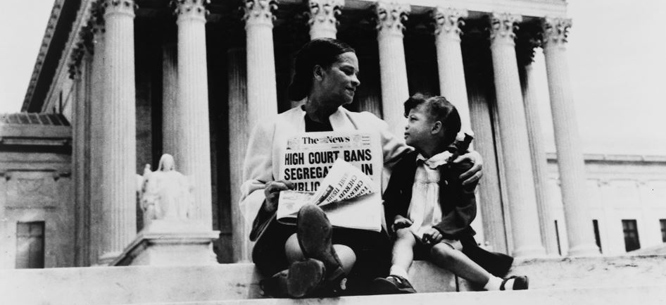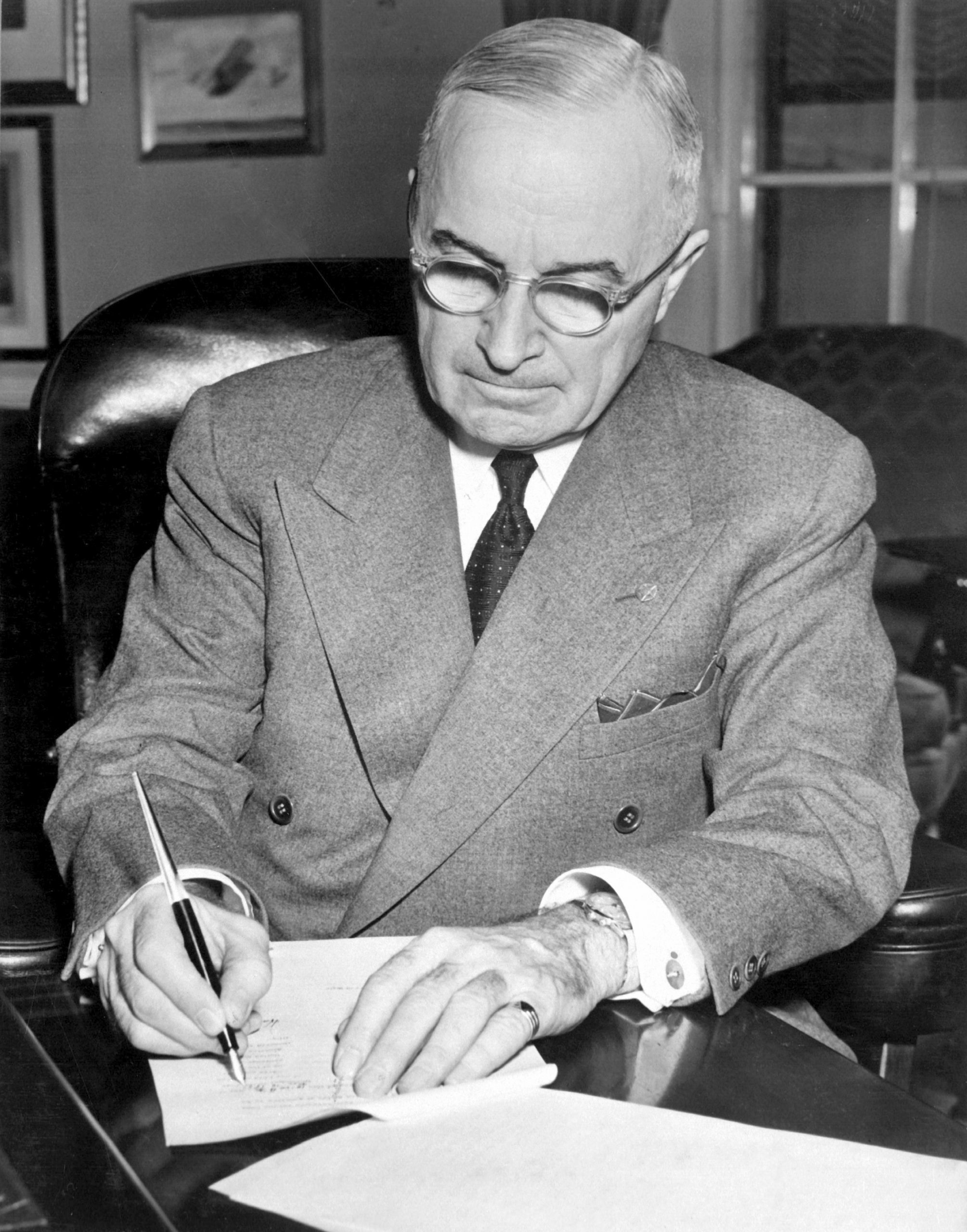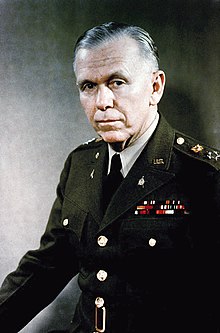Thus, the desegregation of schools across America was ordered. However, although this was an enormous step, school desegregation was still a long ways off. The case did not abolish segregation in public facilities either. However, it did set a precedent that paved the way for integration and the civil rights movement.


The Brown v. Board of Education case reminded me of the recent case of Obergefell v. Hodges case which was a major gay rights victory, making gay marriage legal.


_edit1.jpg)






